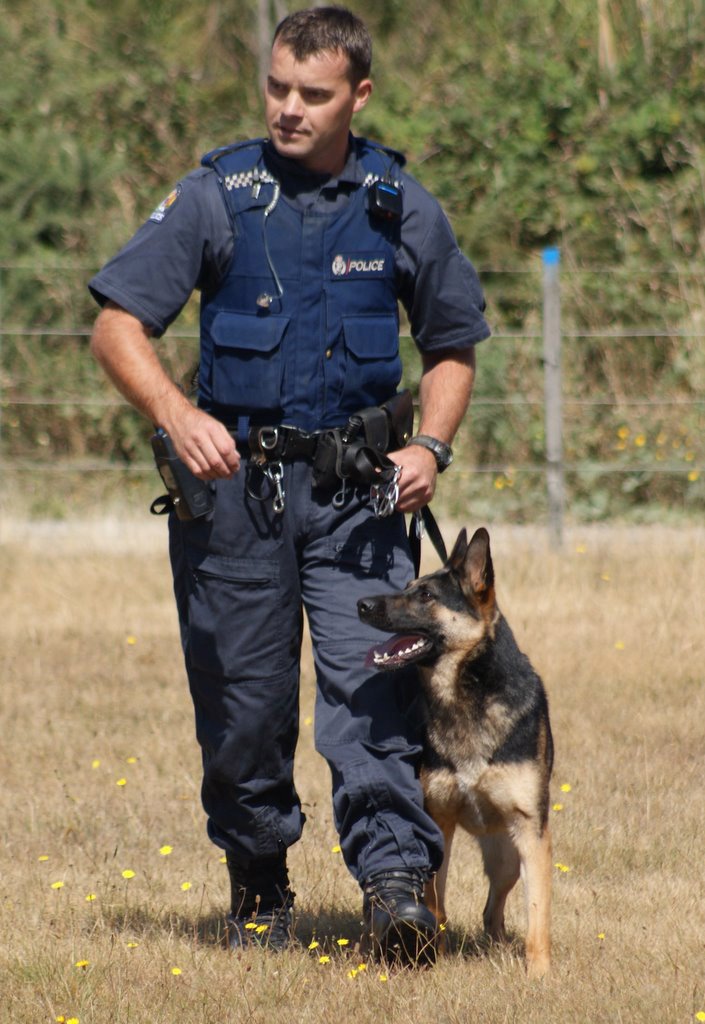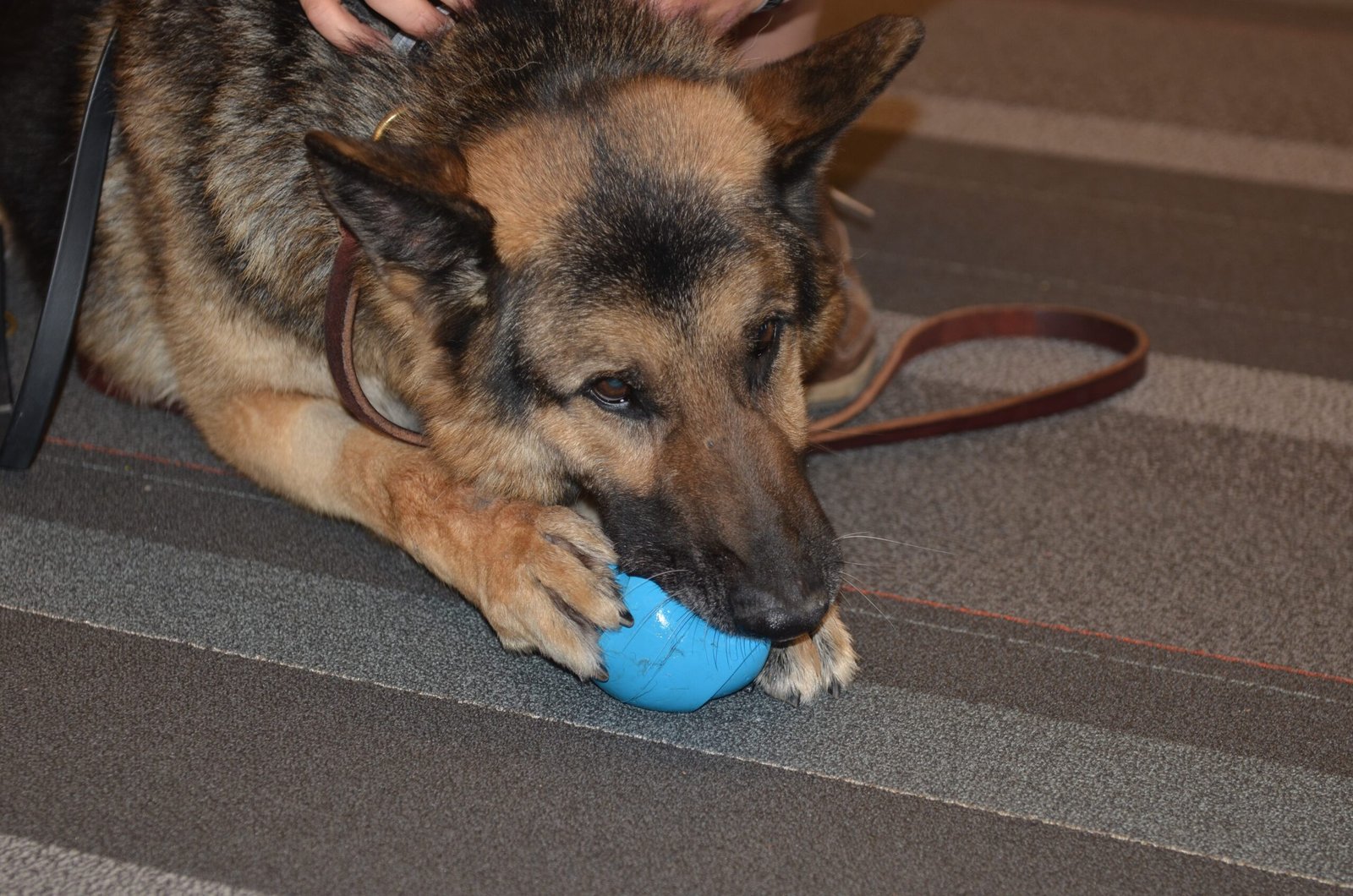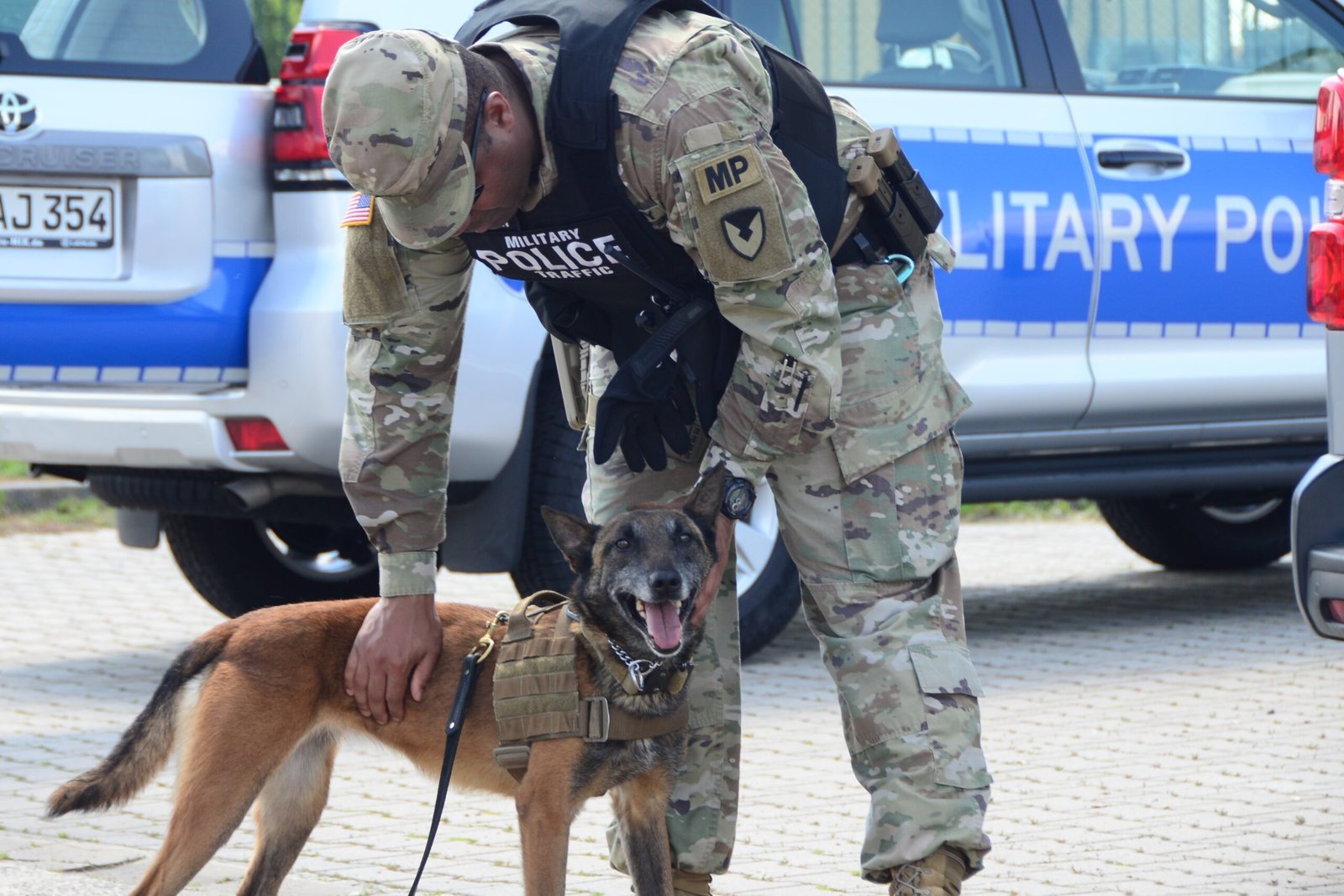Have you ever looked into the eyes of a K9 dog and felt a jolt of wonder? There’s something electrifying about these remarkable animals. While most of us adore our family pets for their playful antics and warm cuddles, K9 dogs are a different breed—literally and figuratively. They are heroes in fur, working tirelessly in roles that save lives, uphold laws, and protect communities. But what really sets them apart from our beloved household companions? Prepare to be surprised as we dig deep into the ten most astonishing differences between K9 dogs and pets that will leave you seeing these canines in a whole new light.
K9 Dogs Train for a Mission, Not Just Manners
At first glance, a K9 dog might look just like any other loyal pup — but beneath the surface lies a world of training, discipline, and specialized instincts that set them apart from household pets. These working dogs are bred and trained for demanding roles in law enforcement, search and rescue, and security, requiring them to operate with focus, courage, and precision. While both K9s and pet dogs share intelligence and loyalty, the differences in their daily lives, training methods, and behavior can be striking.
K9 dogs don’t just learn to sit, stay, or roll over. Their training is a rigorous, high-stakes journey designed to prepare them for real-world challenges. Unlike family pets who master tricks for treats, K9 dogs are drilled to stay focused amid chaos, ignore distractions, and make life-or-death decisions. Their lessons can last months, even years, often starting when they are just puppies. For example, a police K9 might learn to track scents over miles or apprehend suspects without hesitation. This level of discipline is unmatched by most household pets, whose training usually revolves around house rules and social behavior. The difference is like comparing a casual jogger to an Olympic athlete—both run, but the stakes are worlds apart.
Duty Calls: K9 Dogs Have Jobs, Not Just Roles

While pets provide companionship and love, K9 dogs are working professionals. Their purpose goes far beyond being a furry friend. They serve in law enforcement, military, search and rescue, and even therapy roles. Every day, they clock in with a sense of duty, whether it’s detecting explosives at airports or finding missing people in disaster zones. This work-driven mentality shapes their routines, grooming, and even playtime. It’s not just about fun and games—every interaction is part of their mission. For these dogs, “good boy” isn’t about fetching a stick; it’s about saving lives or bringing comfort in crisis.
Selection Process: Not Every Dog Makes the Cut
Unlike picking a cute puppy from a shelter or breeder, K9 candidates undergo a strict selection process. Handlers look for dogs with specific traits: high drive, intelligence, confidence, and a strong desire to work. Breeds like German Shepherds, Belgian Malinois, and Labradors often top the list, but not every dog—even within these breeds—has what it takes. Some dogs are simply too shy, too stubborn, or too easily distracted. Only a small fraction of candidates make it through. It’s a bit like auditioning for a lead role in a blockbuster movie—there’s no room for mediocrity.
Specialized Sense: K9 Dogs Harness Unique Abilities

K9 dogs are trained to use their extraordinary senses in ways that leave us in awe. While all dogs have keen noses, K9s are taught to identify scents most people can’t even imagine. They can differentiate between thousands of smells, track a missing person through dense forests, or sniff out hidden drugs in a crowded vehicle. Some are even trained to detect diseases like cancer. This isn’t just natural instinct—it’s the result of intense, focused training. Family pets enjoy sniffing around the backyard, but K9s turn their noses into life-saving tools.
Living Life on the Front Lines

K9 dogs often face dangers that pets never encounter. From chasing down criminals to searching collapsed buildings after disasters, their work is downright heroic. Injury and risk are part of the territory, and they wear protective gear like bulletproof vests or booties for hazardous terrain. Handlers must constantly monitor their health and stress levels. Unlike pets who live for comfort, K9s are always ready for action, even if it means putting themselves in harm’s way. Their courage is nothing short of inspiring.
The Unbreakable Bond With Their Handler

The relationship between a K9 and their handler is profound—built on trust, respect, and mutual reliance. They are partners in every sense of the word, often spending years together both on and off duty. Handlers depend on their dogs to keep them safe, and K9s look to their humans for guidance and support. This connection goes far beyond the affection we feel for our pets; it’s a partnership rooted in shared responsibility and unwavering loyalty. When you see a handler and K9 working as one, it’s a testament to the power of teamwork.
Strict Routines and Structures

K9 dogs thrive on strict routines that keep them sharp and ready for duty. Their days are meticulously planned—training, feeding, resting, and working all happen on a tight schedule. This structure is essential to maintain their performance and mental health. Unlike pets who might nap on the couch until dinner or play whenever the mood strikes, K9s are always on a clock. Their handlers ensure every activity has a purpose, reinforcing discipline and focus. It’s a lifestyle of precision, not leisure.
Retirement: A Well-Earned Rest

Unlike pets who live out their days in the comfort of home, K9 dogs have a career that eventually winds down. When a K9 retires, usually due to age or health, it’s a bittersweet moment. Many are adopted by their handlers, finally getting the chance to enjoy the easygoing life of a pet. Retirement is a reward for years of service, but it requires a period of adjustment—these dogs are used to constant activity and purpose. Watching a retired K9 relax and play for the first time can be as heartwarming as it is poignant.
Nutrition and Healthcare Tailored for Performance

K9 dogs aren’t fed just any kibble. Their diets are carefully crafted to support their demanding physical and mental roles. High-protein, nutrient-rich foods keep them energetic, agile, and healthy. Veterinary care is equally specialized, with regular check-ups to monitor for injuries or stress-related ailments. Preventive care, dental hygiene, and even mental stimulation are all part of their regimen. While our pets might indulge in the occasional table scrap, K9s eat with performance in mind—every meal fuels their mission.
Public Perception and Community Impact
K9 dogs hold a special place in the hearts of the communities they serve. They are celebrated as heroes, often featured in news stories, parades, and school visits. Their presence brings a sense of safety and hope, especially during times of crisis. People are fascinated by their skills—watching a K9 demonstration can be both thrilling and humbling. In contrast, while pets are adored by their families, K9s inspire admiration and gratitude from entire cities. Their legacy is measured not just in wagging tails, but in lives touched and protected.
K9 dogs may look like the pets we know and love, but their roles, training, and daily demands set them apart in powerful ways. These remarkable animals are more than companions — they’re highly disciplined partners who serve and protect with skill and dedication. Understanding the differences between K9s and pet dogs not only deepens our respect for their work but also highlights just how adaptable, intelligent, and loyal dogs can be across all walks of life. Whether at home or on duty, dogs truly earn their title as man’s best friend — each in their own unique way.

Esther is from India; the heartbeat of South Asia, holding a Master’s degree in Zoology and a postgraduate diploma in Animal Welfare. Her enthusiasm for animal welfare drives her passion and dedication to working for animals, ensuring their well-being, and advocating for their rights. With a solid academic background and hands-on experience, she is committed to making a positive impact in the field of animal welfare. In her free time, she enjoys embroidery and sewing. As a Chennaite from Tamil Nadu, Esther loves Bharathanatyam, an Indian classical dance form.





